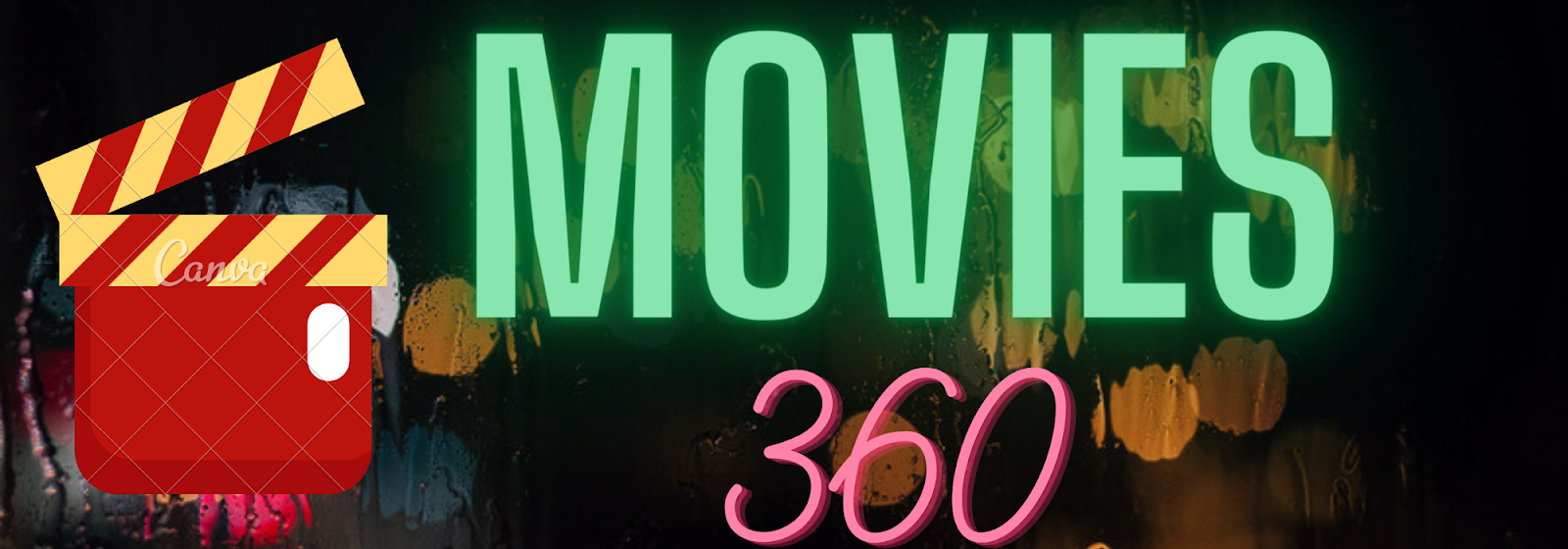With the current popularity of Shadow and Bone and The Nevers, steampunk continues to prove it holds a unique place in the collective imagination. Combining turn-of-the-century design elements with retro-futuristic technology, steampunk serves as a social warning to not blindly trust authority.
While it's fun to imagine a science fiction world full of modern sensibilities, orphans, steam-powered machines, and post-apocalyptic societies while reading a book or manga, steampunk shines best through the lens of a camera. Fans have voted for their favorite steampunk feature films on Ranker, with these standouts inviting audiences to live in an alternative history for a couple of hours.
Note: Ranker lists are live and continue to accrue votes, so some rankings may have changed after this publishing.

This 2018 film produced by Peter Jackson is likely ranked so low due to its weak writing and direction, yet still makes the top ten for its incredible production value. The effects were done by Weta Digital, the studio that did the CGI for Lord of the Rings and King Kong.
Amid the giant machines and post-apocalyptic society are brass instruments, bowler hats, and trench coats. Floating and walking structures are recurring motifs in this list, but Mortal Engines takes it to a whole new level with entire cities on wheels.
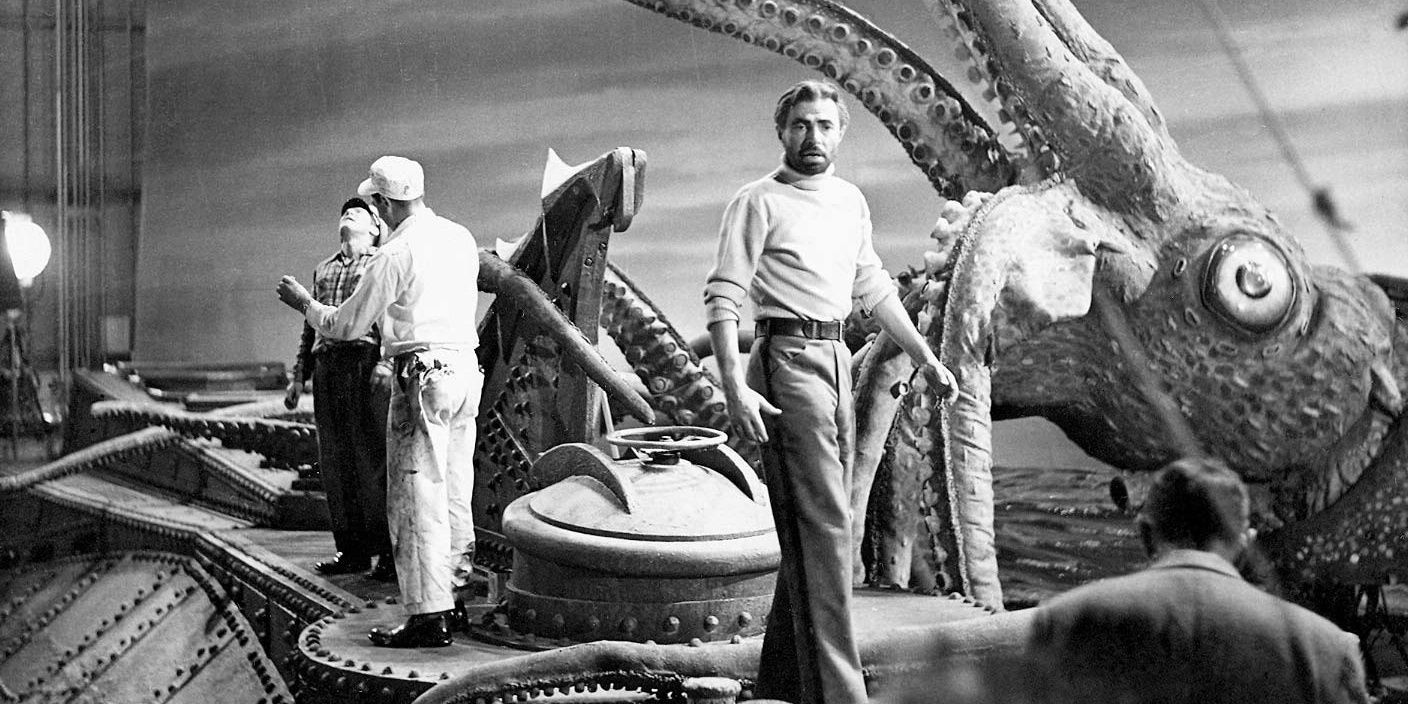
Based upon Jules Verne's novel of the same name, the 1954 adaptation of 20,000 Leagues Under the Sea was steampunk before the term existed.
The film introduced many steampunk elements that would come to define the subgenre: a Victorian-era setting, the abundance of brass, the eye-like portholes, and anachronistic technology. The interior and exterior design of the Nautilus are sublime examples of Art Nouveau, an asymmetrical, nature-inspired art movement that had its heyday from 1890-1910.
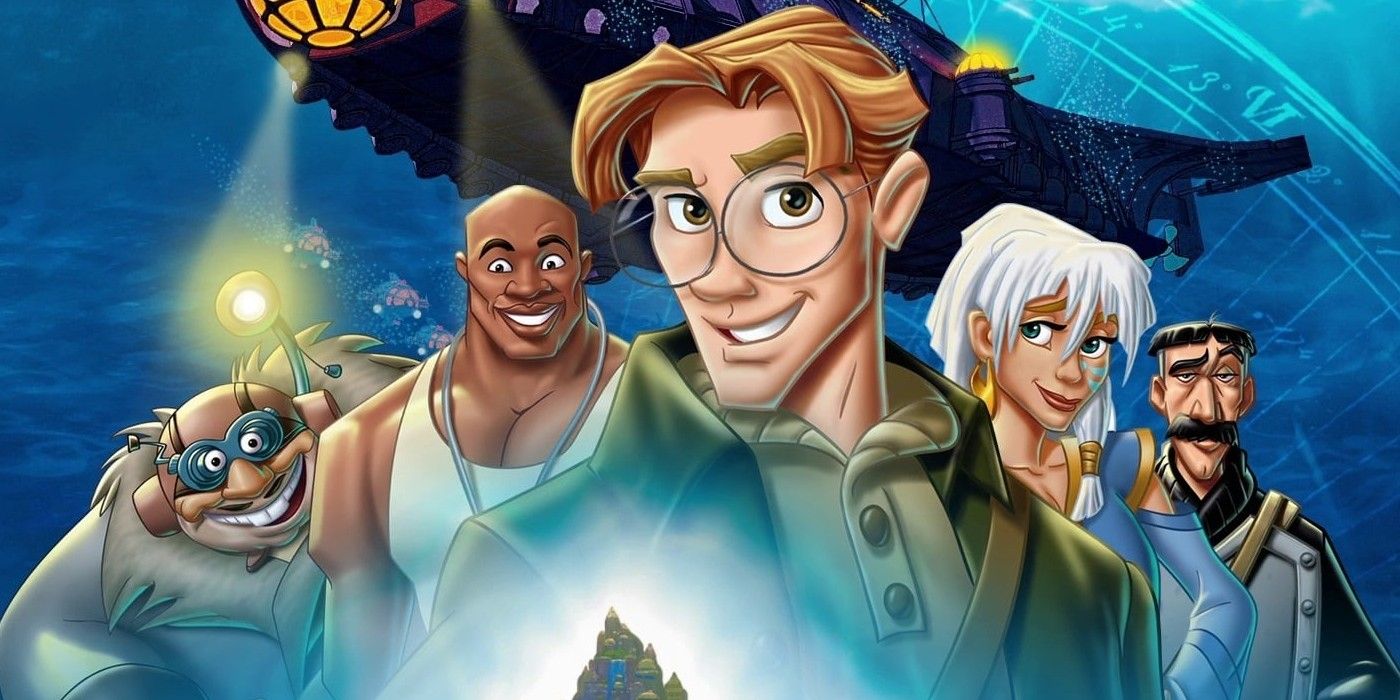
Atlantis was the brainchild of Gary Trousdale and Kirk Wise, prominent figures of the Disney Renaissance. This often-overlooked film is one of Disney's only animated non-musicals, standing out for being an old-fashioned adventure story with a diverse ensemble.
The film is set in an alternative Edwardian era, just before WWI, and features many steampunk elements: high-tech submarines, robots, clanking automobiles, and a mysterious source of energy abused by the power-hungry. The film is likely ranked lower on the list due to its segue into fantasy in the third act.
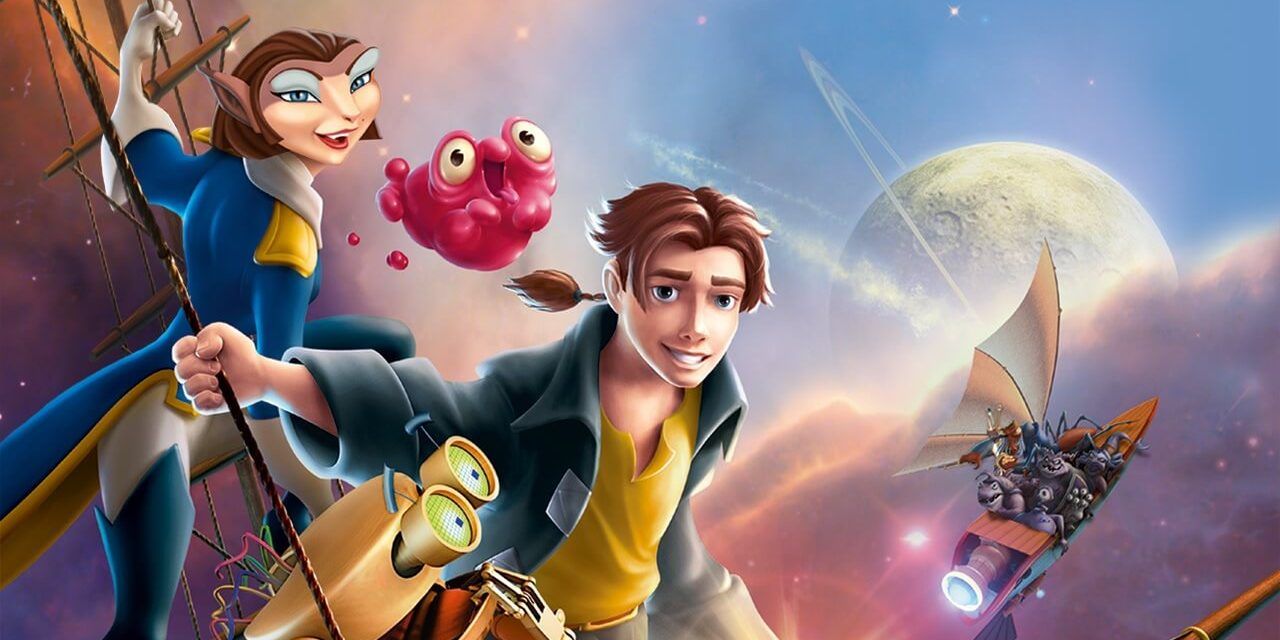
Disney's 2002 science fiction action adventure was based on Robert Louis Stevenson's Treasure Planet. It is much more futuristic than any other film on this list, and could almost be defined as a space fantasy as well.
Treasure Planet has spaceships, skysurfing, and floating pirate ships shaped like schooners. Despite its cosmic setting, the characters wear clothes reminiscent of the 18th-century and live in simple cottages. Captain Flint's robotic arm and leg, a twist on the traditional pirate pegleg, are very steampunk.
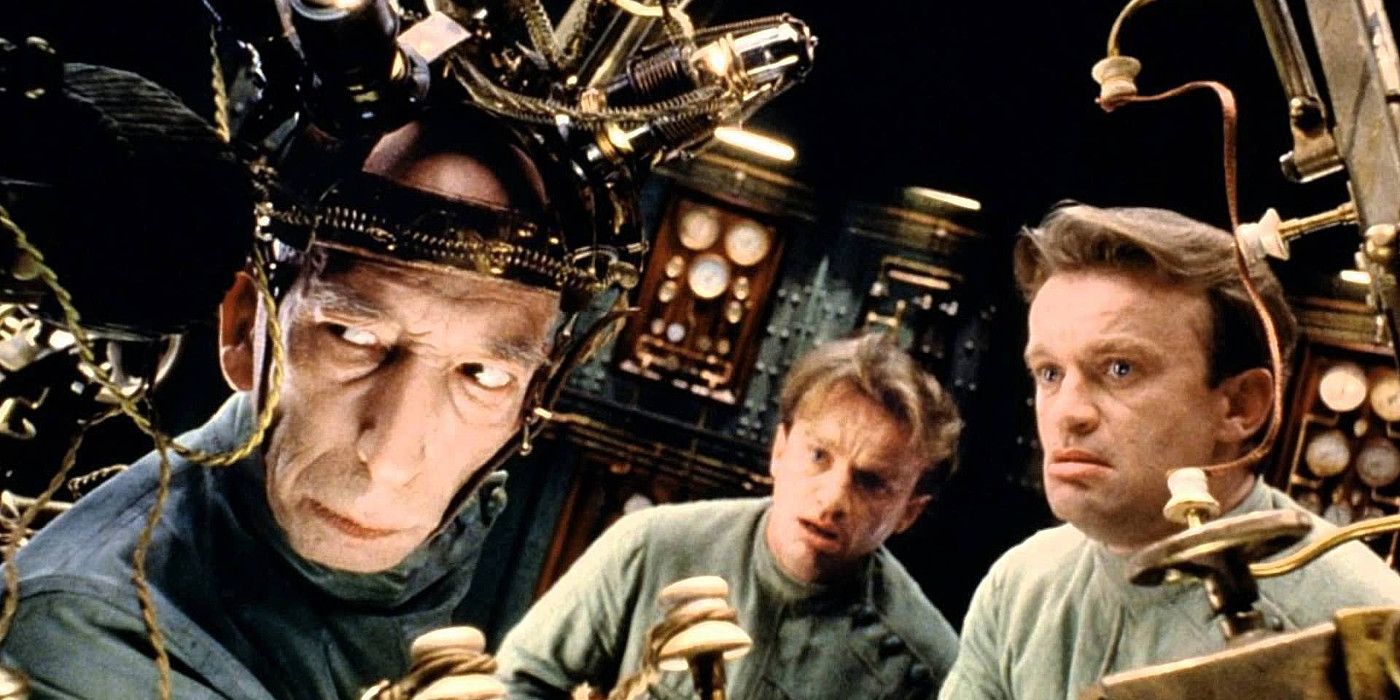
Marc Caro and Jean-Pierre Jeunet's surrealist movie about a scientist who seeks immortality by stealing the dreams of children is a gritty yet whimsical masterclass in production design.
In costumes designed by Jean-Paul Gaultier, the characters are disproportionate and oddly shaped. The directors' use of extreme close-ups and fisheye lenses enhanced the warped world, perfectly matching the off-center setting of a film that included a brain that spoke through a gramophone. Everything from the retro-futuristic technology to the scrappy street urchins screams steampunk.
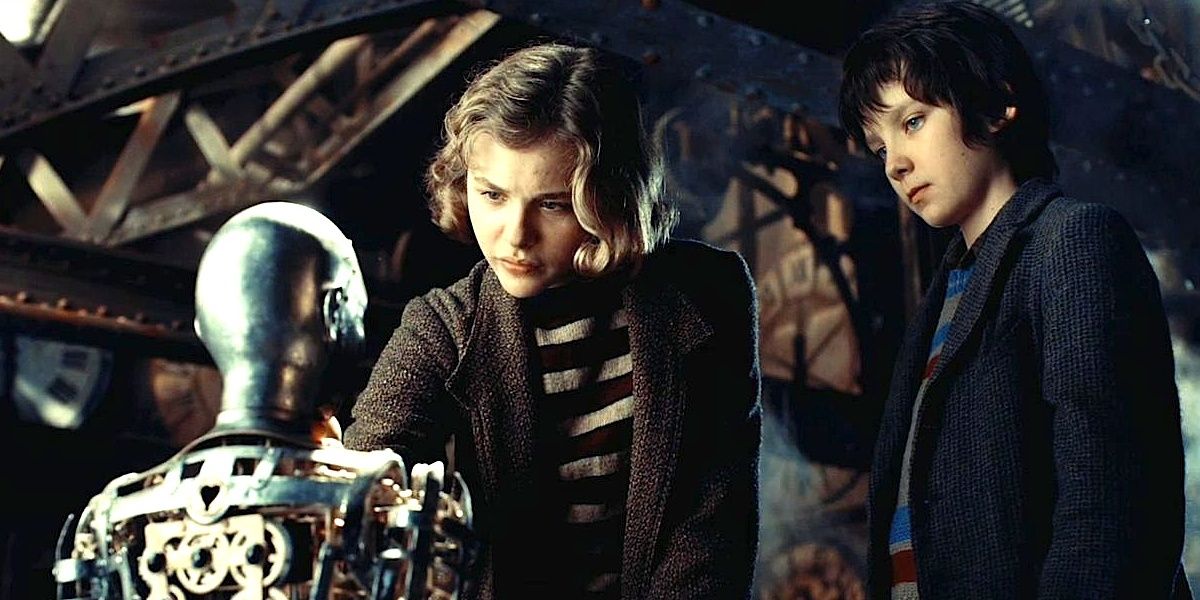
Martin Scorsese's love letter to Georges Méliès and the dawn of cinema is about a young orphan who lives within the walls of a Parisian train station. Though the family-friendly movie is an outlier in the auteur's filmography, it features some of the most fully-realized steampunk designs ever seen on the big screen.
Hugo is one of the only films on this list with an automaton - precursors to robots that often take the form of a human being. It's led by adventurous orphans and its design is inspired by Art Nouveau; however, the 1931 setting is decidedly not turn-of-the-century.
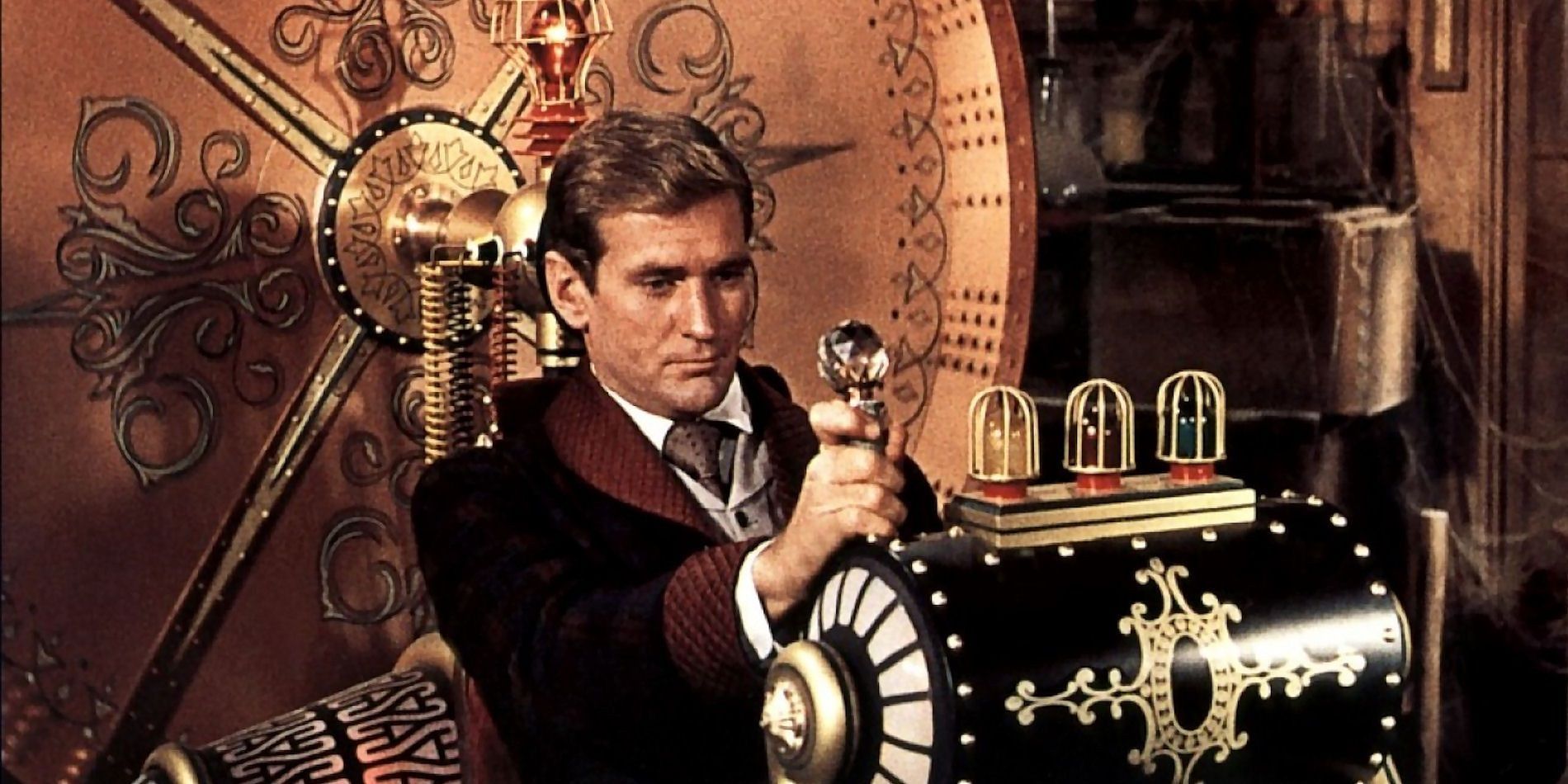
Based on the H.G. Wells novella of the same name, the 1960s The Time Machine is a science fiction time travel adventure that, like 20,000 Leagues Under the Sea, was made before the term "steampunk" existed.
Jumping ahead from Victorian England, the protagonist travels to a post-apocalyptic future where humankind is divided into different species. The time machine itself is the epitome of steampunk; its sleek design and brass elements are juxtaposed against a disordered assemblage of parts that suggest more artistic creativity than scientific genius.
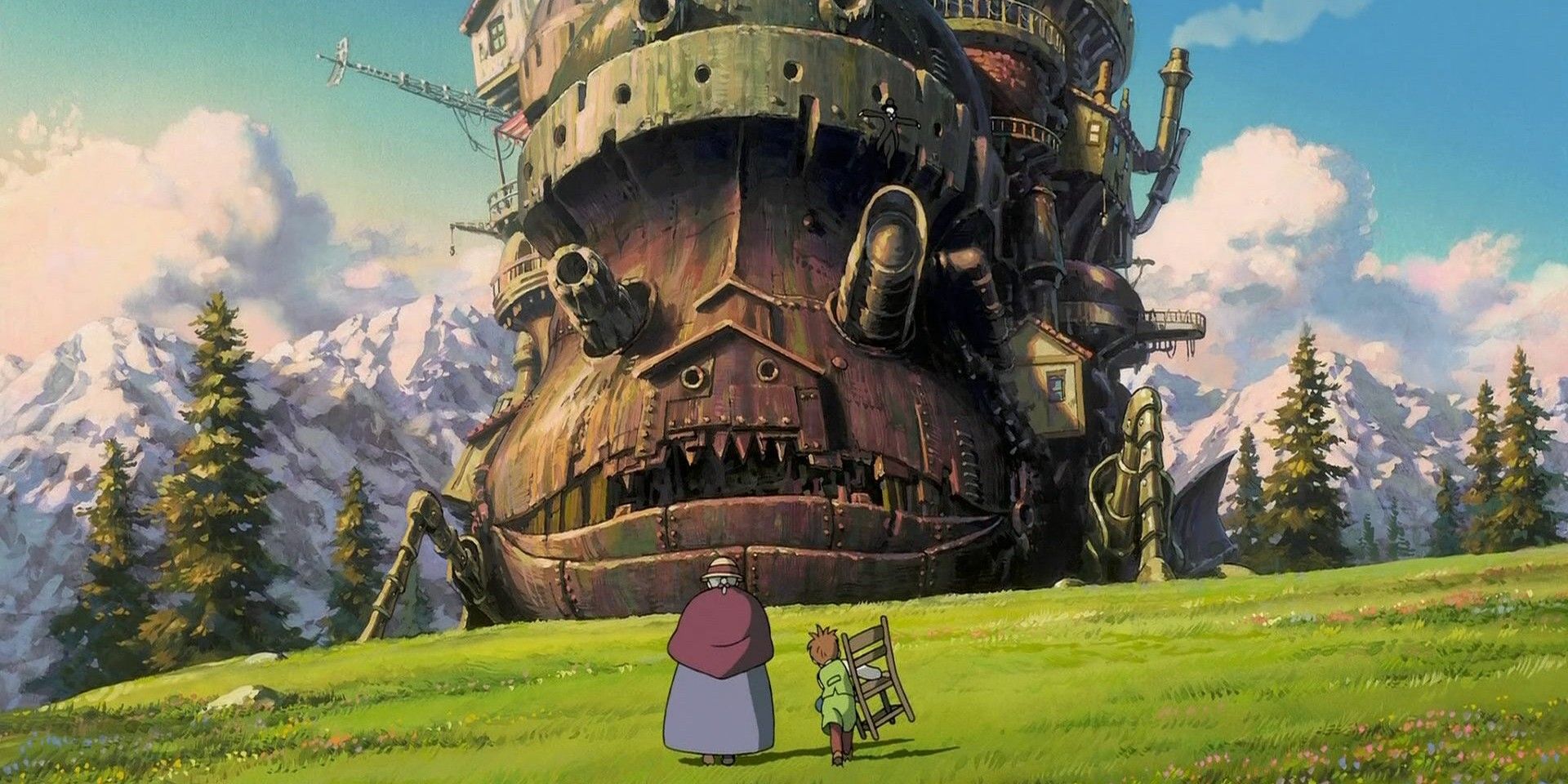
Hayao Miyazaki's response to the War in Iraq consistently ranks as one of the best Studio Ghibli movies. It is the story of a young milliner who turns to the enigmatic magician Howl for refuge after being cursed with old age by a jealous witch.
The writing is romantic and contemplative, following an emotional storyline that subverts expectations. Against the backdrop of a senseless war, there's fashion and architecture inspired by the Edwardian era, technologically-advanced airships, and of course, the castle itself: a haphazard structure made up of found parts.
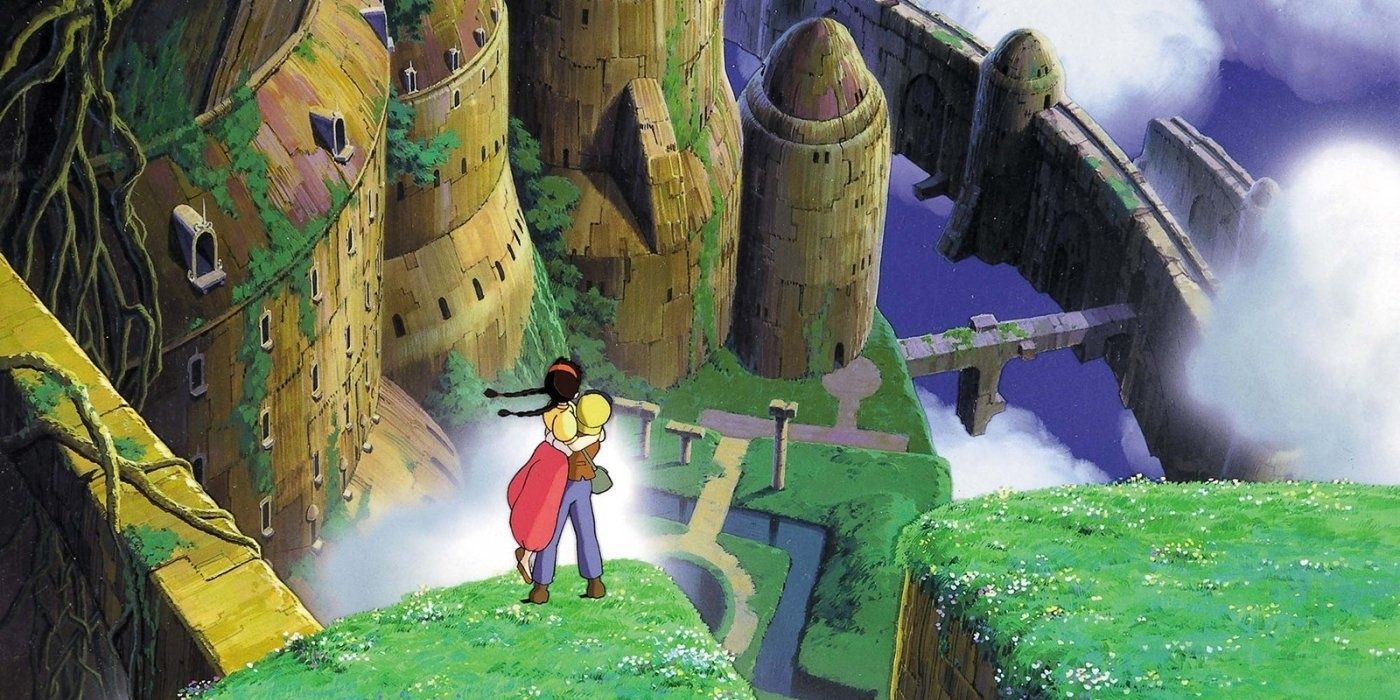
Castle in the Sky is one of the most well-known Japanese steampunk movies. The action-packed adventure tale served as Studio Ghibli's introduction to the world and did not disappoint. As with many of Miyazaki's films, it features plucky young protagonists who act as peacemakers between warmongering adults.
The film ticks a lot of steampunk boxes: Victorian-era style, retro-futuristic airships, steam-powered robots, and a forgotten utopian society brought down by the enormous power it created. The abandoned Laputa is hauntingly lovely and serves as a warning against humanity's hubris.
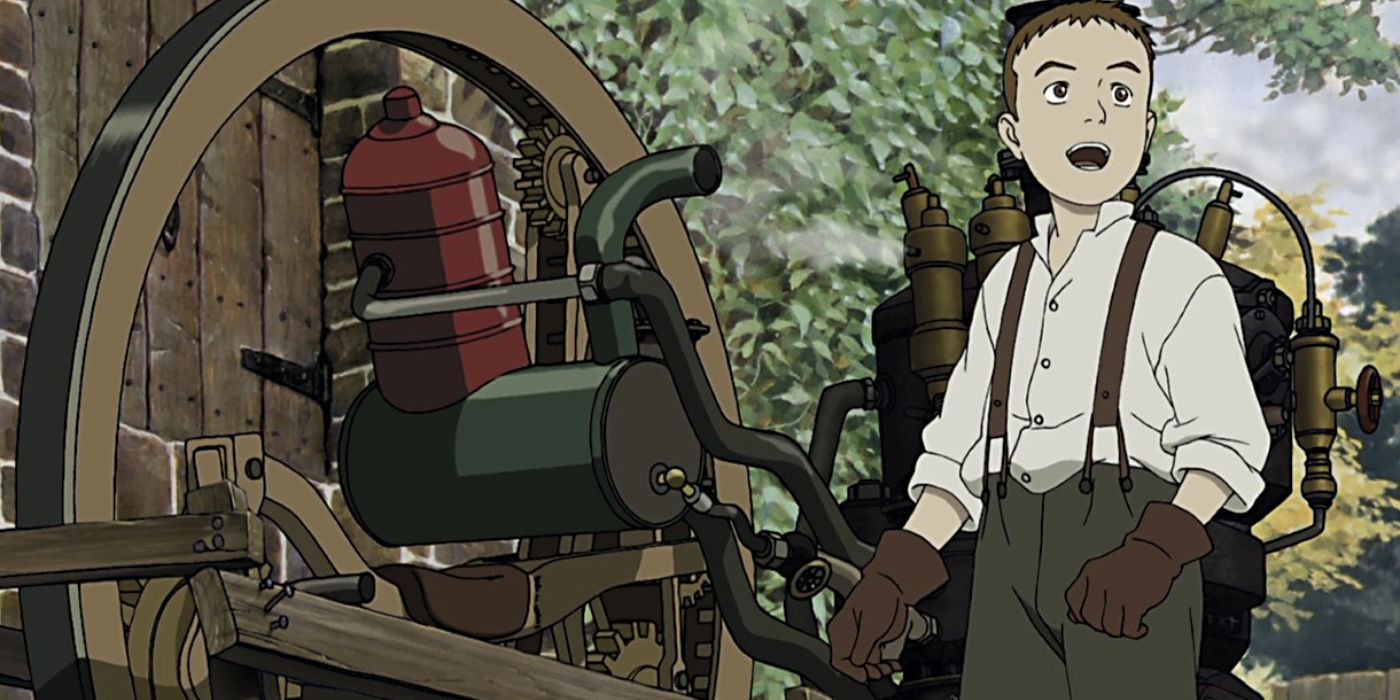
It's understandable this 2004 Japanese anime from Katsuhiro Otomo has the top spot: set in Victorian-era London, the film places anachronistic machinery and plucky protagonists amid a backdrop of war. Steam itself becomes a character in Steamboy; it's clear the animators took painstaking efforts to make it as beautiful as it is.
One of the characters becomes physically linked to the steam-powered fortress he's created, possibly the filmmaker's nod to society's increasing reliance on technology. Steampunk, indeed.
Fans ranked these visual eye candy steampunk classics that blur the line between historical fact and fiction.Leigh Bicica
